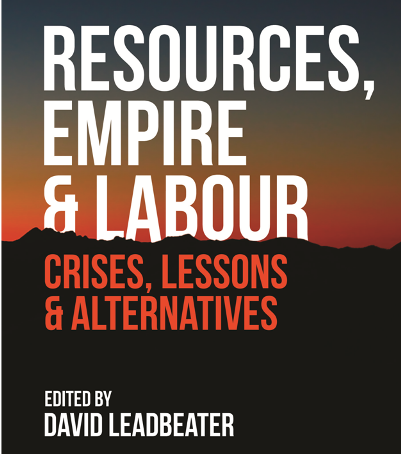
To order a copy of Resources, Empire & Labour: Crisis, Lessons & Alternatives, click here: http://fernwoodpublishing.ca/book/resources-empire-and-labour
The interconnections of natural resources, empire and labour run through the most central and conflict-ridden crises of our times: war, environmental degradation, impoverishment and plutocracy. Crucial to understand and to change the conditions that give rise to these crises is the critical study of resource development and, more broadly, the resources question, which is the subject of this volume. Intended for researchers, students and activists, the chapters in Resources, Empire and Labour illuminate key aspects of the resources question from a variety of angles through concrete analyses and histories focused on the extractive industries of mining, oil and gas.
Natural Resources in Japanese Imperialism: The Yasuba Critique
To discuss the evidence on the role of natural resources in Japanese imperialism, a useful point of departure, despite many flaws, is Yasukichi Yasuba’s 1996 article “Did Japan Ever Suffer from a Shortage of Natural Resources Before World War II?” Yasuba challenges the resource-shortage explanation of Japanese imperialism.
According to Yasuba, proponents of the resource shortage view emphasize that Japan had a high population density and also suffered from a lack of natural resources. The situation became particularly acute in the 1930s with the rise of protectionism in the high-income countries to which Japan shipped many of its exports.
These features of the situation made it attractive for Japan’s leaders to pursue military expansion. By establishing political control over more territory, it could obtain more resources and it could create a trade bloc and thereby find markets for its exports, markets that would serve as alternatives to the markets of the other imperialist powers and their areas of control. The territories acquired could also provide an outlet for surplus Japanese population.
Read more























